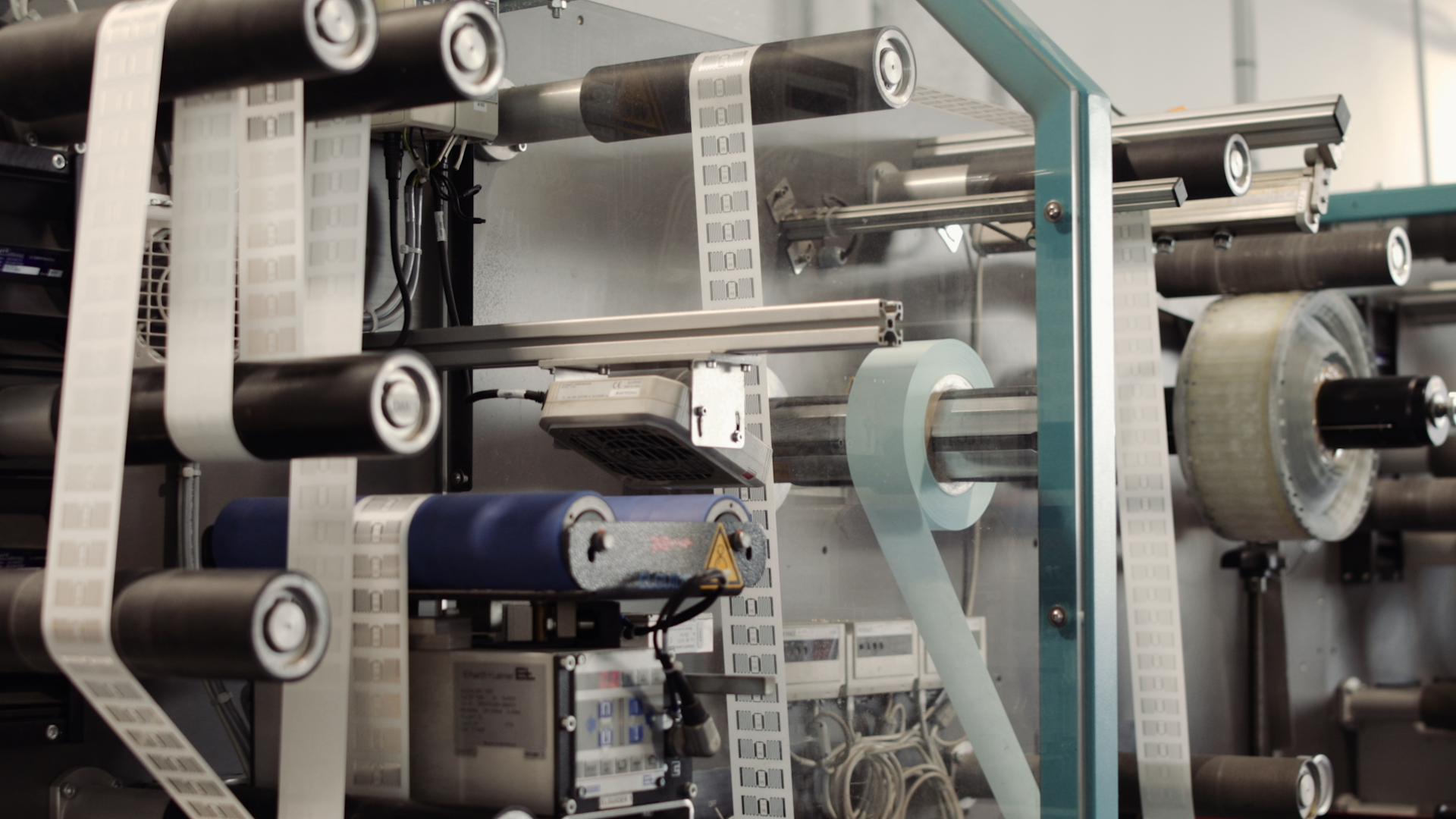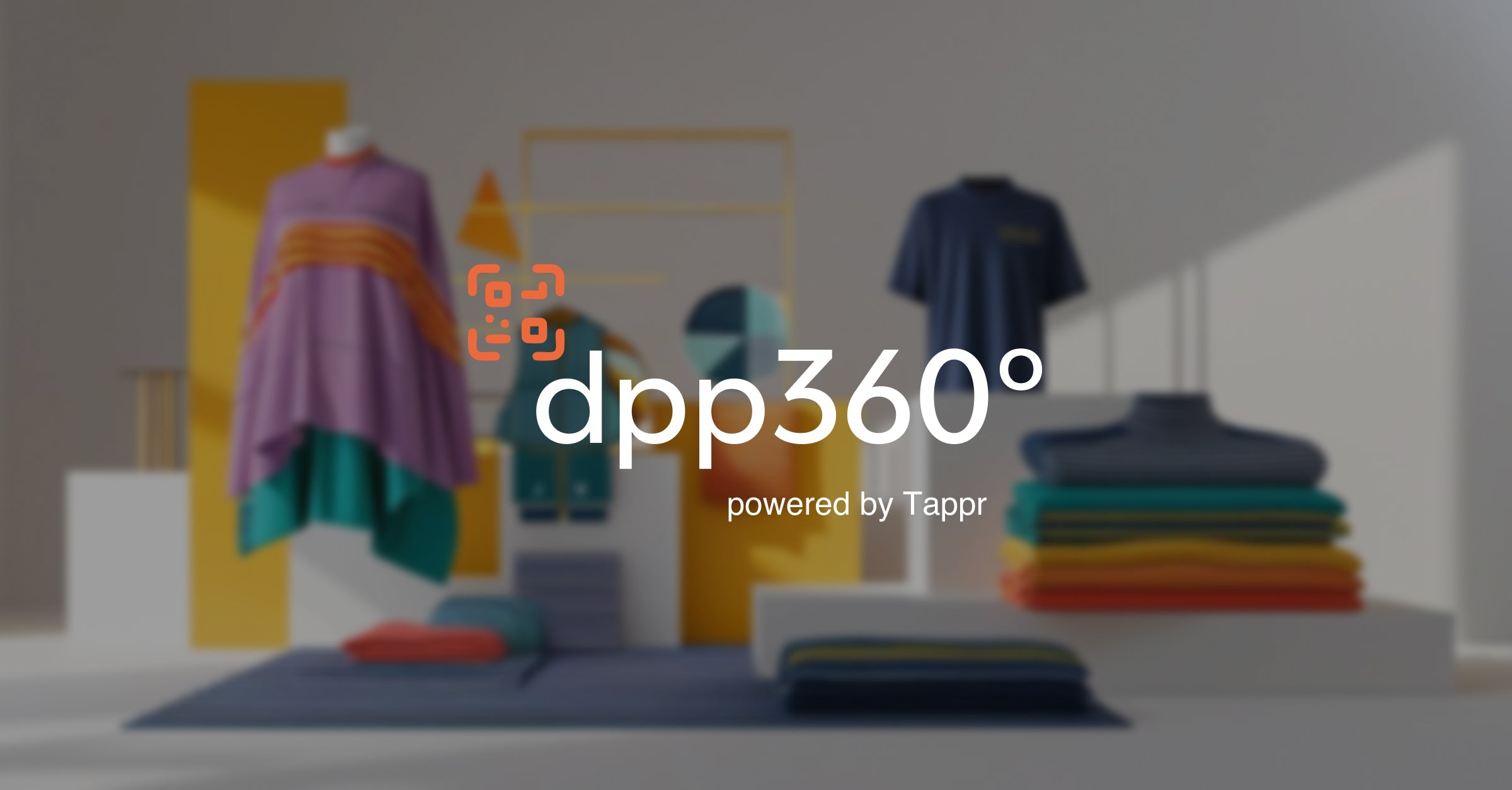In the midst of 2025, there are still those who believe that RFID is a distant, expensive, and complex promise. Meanwhile, brands that have already adopted it—large and small—are reaping the rewards: greater control, increased sales, and reduced losses. What's happening? Why are there still so many doubts?
The answer is clear: there are too many myths surrounding RFID. Half-truths, outdated ideas, or simply misunderstandings that are repeated like dogma. At STC Iberia, we've been implementing this technology in the retail sector for years, and we know exactly what works, what doesn't... and what holds back the decision to move forward.
This article compiles the seven most common myths about RFID and debunks them with data, real-world experience, and a clear understanding of why this shift is no longer an option: it's a competitive advantage.
1. “We have to start with the distribution center”
False. In fact, many of the most successful implementations start in stores. Why? Because that's where the impact is immediately seen: complete inventory visibility, fewer out-of-stocks, more product available, and increased sales. Starting in stores allows for testing in a more controlled environment and a return on investment from day one.
2. “This is only for retail giants”
No. That was the story ten years ago. Today, RFID adapts to any business size. Solutions are scalable, costs are tight, and there are models for gradual growth. Small and medium-sized brands that have made the leap know: size is no longer an excuse.
3. “RFID compromises customer privacy”
A widespread misconception. RFID tags don't contain personal data. They only identify products, not people. There's no risk of tracking or privacy invasion. The goal of RFID is to optimize processes, not track shoppers.
4. “It’s too expensive for what it offers.”
Sure? Today, an RFID tag costs pennies. And companies that have implemented it recover their investment in a matter of months. We're not talking about promises: we're talking about reduced waste, operational improvements, and a direct increase in sales. In terms of ROI, RFID is no longer a gamble: it's a success.
5. “It’s only worth it if I sell expensive products.”
Another mistake. RFID doesn't depend on product price, but rather on volume and operational impact. There are brands that sell items for €10 and still make huge profits by having complete inventory control, fewer checkout errors, and less immobilized stock.
6. “If I install RFID, everything will magically improve.”
Not exactly. RFID is a tool, not a miracle. Its power lies in the data it provides, but that data must be interpreted, integrated, and converted into intelligent decisions. It's not enough to simply deploy readers; you have to have a strategy behind it.
7. “My store is too crowded, it won’t work here.”
It's just the opposite. Stores with the highest product density benefit most from RFID. With a good label and proper configuration, read accuracies of over 98% are achieved, even in crowded spaces. Where there is chaos, RFID brings order.
Are you going to continue believing in myths or do you prefer to look at the data?
At STC Iberia, we've supported dozens of retailers in their digital transformation journeys. Some were skeptical at first. After a few months, they all repeat one thing: "Why didn't we do this sooner?"
RFID is no longer the future: it's the present. And it's not a technological fad, but a radically more efficient way of doing business.
Want to see how it would work in your store?
Contact us. We'll try it together, measure it, and decide.



